Embrace the Unexpected: Canning Tips and Recipes for Your Abundance of Beef
When life gives you more beef than you were expecting, it's time to get creative in the kitchen!
Whether you received an abundance of beef from a butcher or found yourself with a surplus from another source, don't let it go to waste. In this article, I'll guide you through the process of making the most out of your unexpected beef bounty by canning various cuts and utilizing every part of the animal.
Canning Chuck and Sirloin:
- 1. Prepare your canning jars by sterilizing them in boiling water for 10 minutes.
- 2. Trim any excess fat from the chuck and sirloin cuts of beef.
- 3. Cut the beef into bite-sized pieces and season them with your favorite spices or marinade.
- 4. Heat a large skillet over medium-high heat and sear the beef pieces until browned on all sides.
- 5. Transfer the seared beef into the sterilized jars, leaving about 1 inch of headspace.
- 6. Fill the jars with a beef broth or liquid of your choice, ensuring that the meat is completely covered.
- 7. Wipe the rims of the jars clean to ensure a proper seal.
- 8. Place the lids and rings on the jars, tightening them just until finger-tight.
- 9. Process the jars in a pressure canner according to the recommended time and pressure for canning meat (consult canning guidelines for specific instructions).
- 10. Once the processing time is complete, carefully remove the jars from the canner and let them cool on a towel-lined countertop.
- 11. After the jars have cooled, check for a proper seal by pressing down on the center of each lid. If it doesn't flex, the seal is secure.
- 12. Label the jars with the type of meat and the date of canning.
- 13. Store the canned chuck and sirloin in a cool, dark place for future use in stews, soups, or as a quick protein addition to any meal.
Mississippi Roast:
- 1. In a slow cooker or Dutch oven, place a chuck roast (approximately 3-4 pounds).
- 2. Sprinkle a packet of ranch dressing mix, a packet of au jus gravy mix, and a few pepperoncini peppers on top of the roast.
- 3. Add half a stick of butter on top of the seasonings.
- 4. Cover the slow cooker or Dutch oven and cook on low for 8 hours or until the meat is tender and easily shreds.
- 5. Shred the meat and mix it with the flavorful juices in the pot.
- 6. Portion the Mississippi roast into canning jars, leaving about 1 inch of headspace.
- 7. Wipe the rims of the jars clean to ensure a proper seal.
- 8. Place the lids and rings on the jars, tightening them just until finger-tight.
- 9. Process the jars in a pressure canner according to the recommended time and pressure for canning meat (consult canning guidelines for specific instructions).
- 10. Once the processing time is complete, carefully remove the jars from the canner and let them cool on a towel-lined countertop.
- 11. After the jars have cooled, check for a proper seal by pressing down on the center of each lid. If it doesn't flex, the seal is secure.
- 12. Label the jars with the type of meat and the date of canning.
- 13. Store the canned Mississippi roast in a cool, dark place and enjoy it as a convenient, ready-to-eat meal.
Utilizing the Bones:
- 1. After enjoying a delicious steak or roast, save the bones for making homemade beef broth.
- 2. Place the bones in a large pot and cover them with water.
- 3. Add aromatics such as onions, carrots, celery, garlic, and herbs of your choice to enhance the flavor.
- 4. Bring the pot to a boil and then reduce the heat to a simmer.
- 5. Let the bones simmer for several hours, allowing the flavors to develop.
- 6. Once the broth has reached a rich and flavorful state, strain it to remove any solids.
- 7. If you have the time and energy, you can proceed to can the broth using the same canning process mentioned earlier.
- 8. Otherwise, let the broth cool and refrigerate it overnight before transferring it to clean jars for storage.
- 9. Label the jars with the type of broth and the date of preparation.
- 10. Use the homemade beef broth as a base for soups, stews, or as a flavorful addition to your favorite recipes.
The Joy of Canning:
Canning an unexpected beef bounty may seem like a lot of work, but the rewards are worth it.
With a well-stocked pantry filled with canned meats, you'll have the convenience of grabbing a jar and quickly preparing a delicious meal for your family. It may even save you time compared to microwaving those chicken nuggets!
So, embrace the laughter of others and continue to can your way to an easier and more enjoyablelife in the kitchen. Not only will you be able to maximize your unexpected beef bounty, but you'll also have a variety of flavorful options at your fingertips.




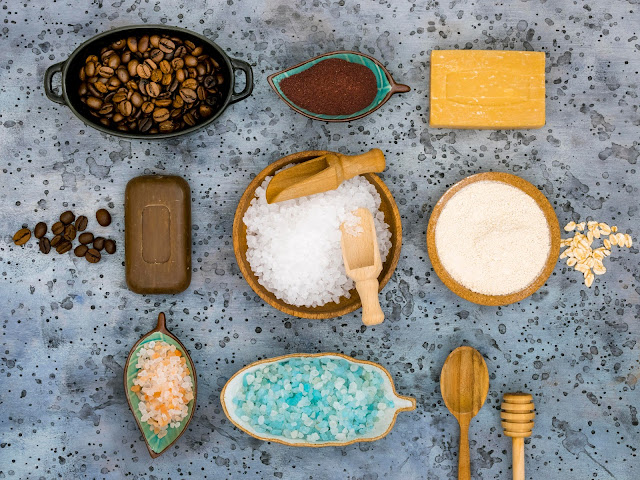

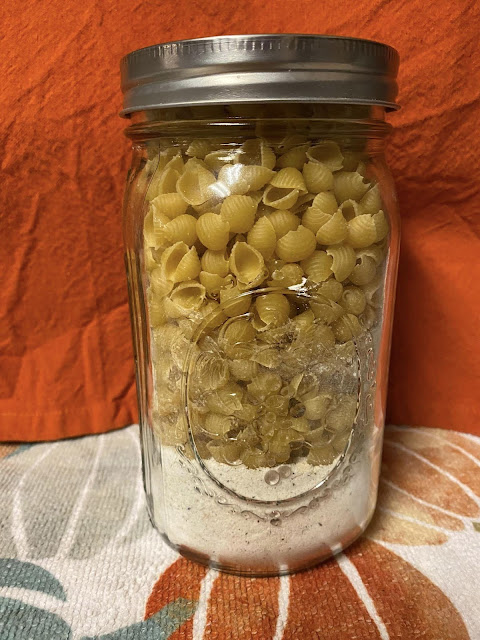




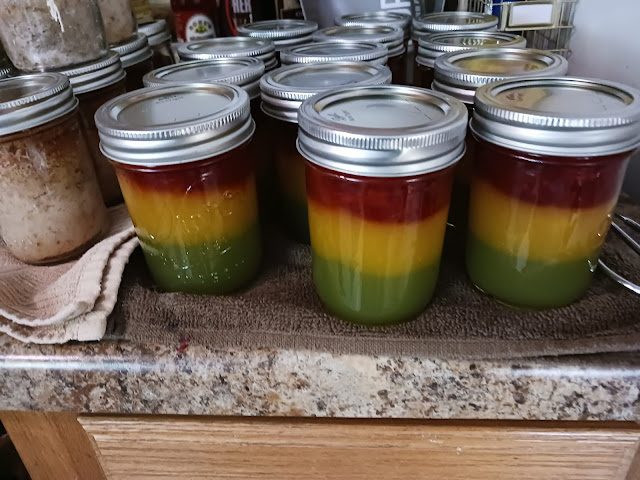

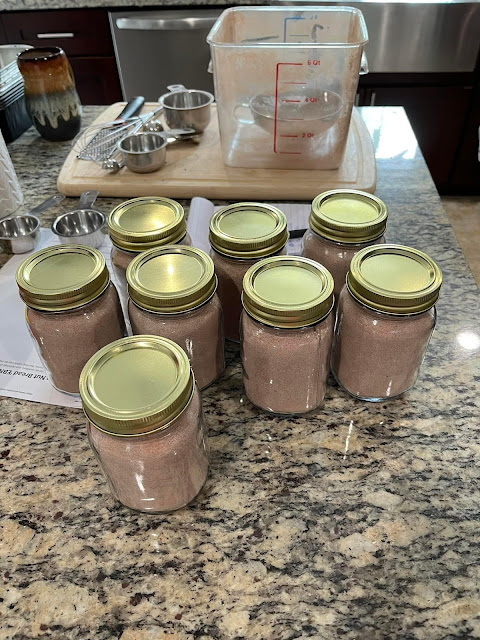
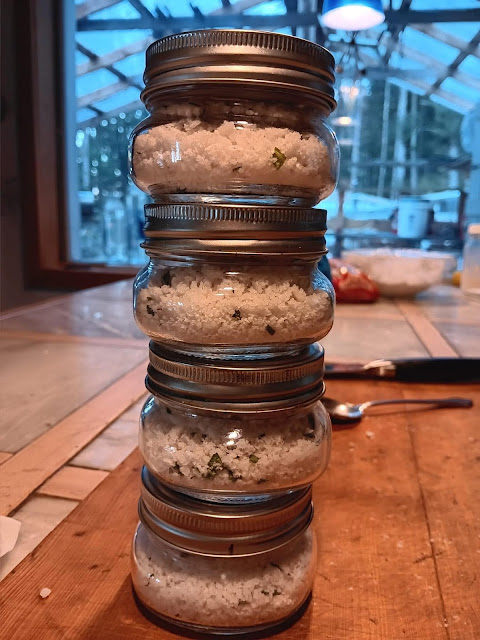
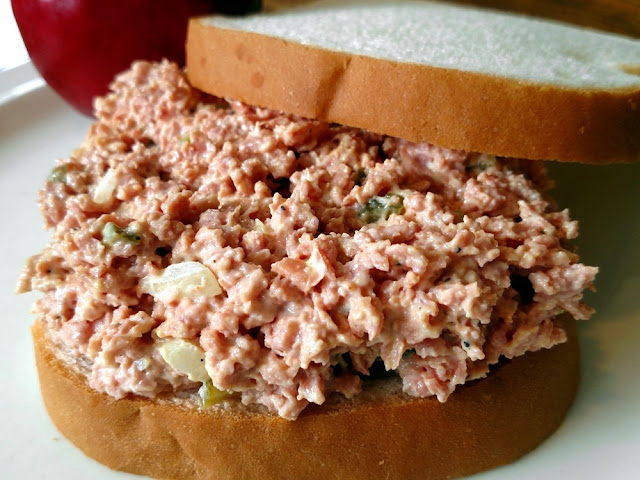
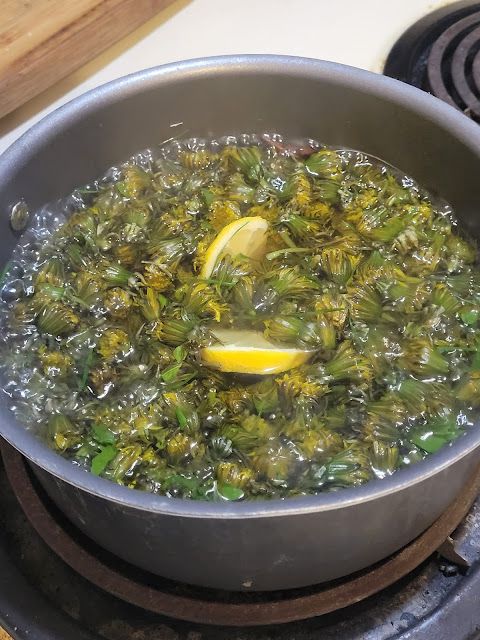



Comments